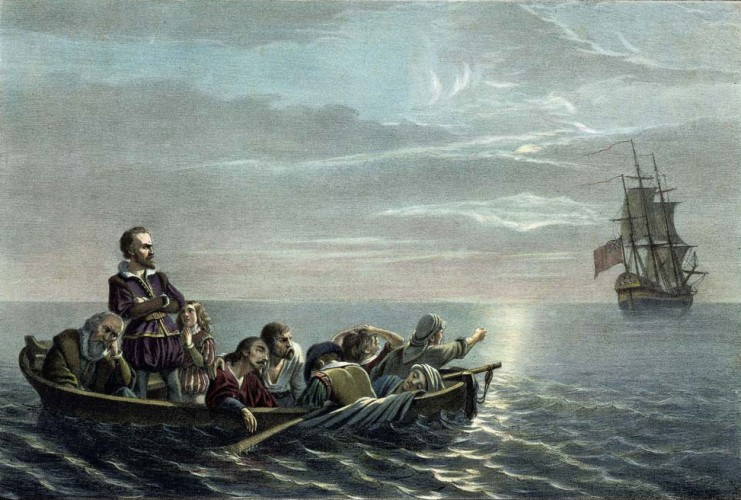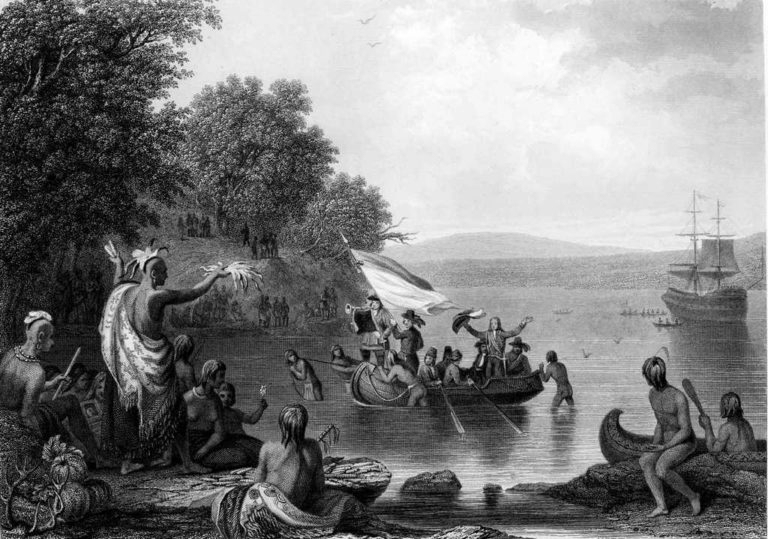His Crew Mutinied During His Fourth Voyage And Marooned Him In The Hudson Bay
The hard winter weather arrived as Hudson reached a dead-end at James Bay, and supplies began to run low. Tensions started to rise as crew members became aggressive and agitated. Resentment among the crew reportedly increased as a result of Hudson hoarding provisions for his favorites. The crew of the Discovery rebelled when the expedition set out to return to England. On June 22, 1611, the mutineers kidnapped Hudson. Henry Hudson was never mentioned again. Only 8 of the 13 mutinous crew members made it back to Europe; the other 7 were slain fighting Eskimos. Some of those who returned were put on trial, but were acquitted.
The ship's navigator, Abacuk Pricket, a survivor who kept a journal that would later serve as one of the sources for the story of the mutiny, was in the latter class. Henry Greene and Robert Juet, in Pricket's estimation, were the mutiny's leaders. The latter, a navigator, had joined Hudson on the mission in 1609, and it is stated that his report is “the greatest chronicle of the voyage at the time”. According to Pricket, the mutineers marooned Hudson, his teenage son John, and seven crew members, men who were either ill and infirm or loyal to Hudson in Hudson Bay by casting them adrift from the Discovery in a small shallop, an open boat. According to the Pricket log, the mutineers gave the castaways clothing, ammunition, some pikes, an iron saucepan, bread, and other miscellaneous supplies.










